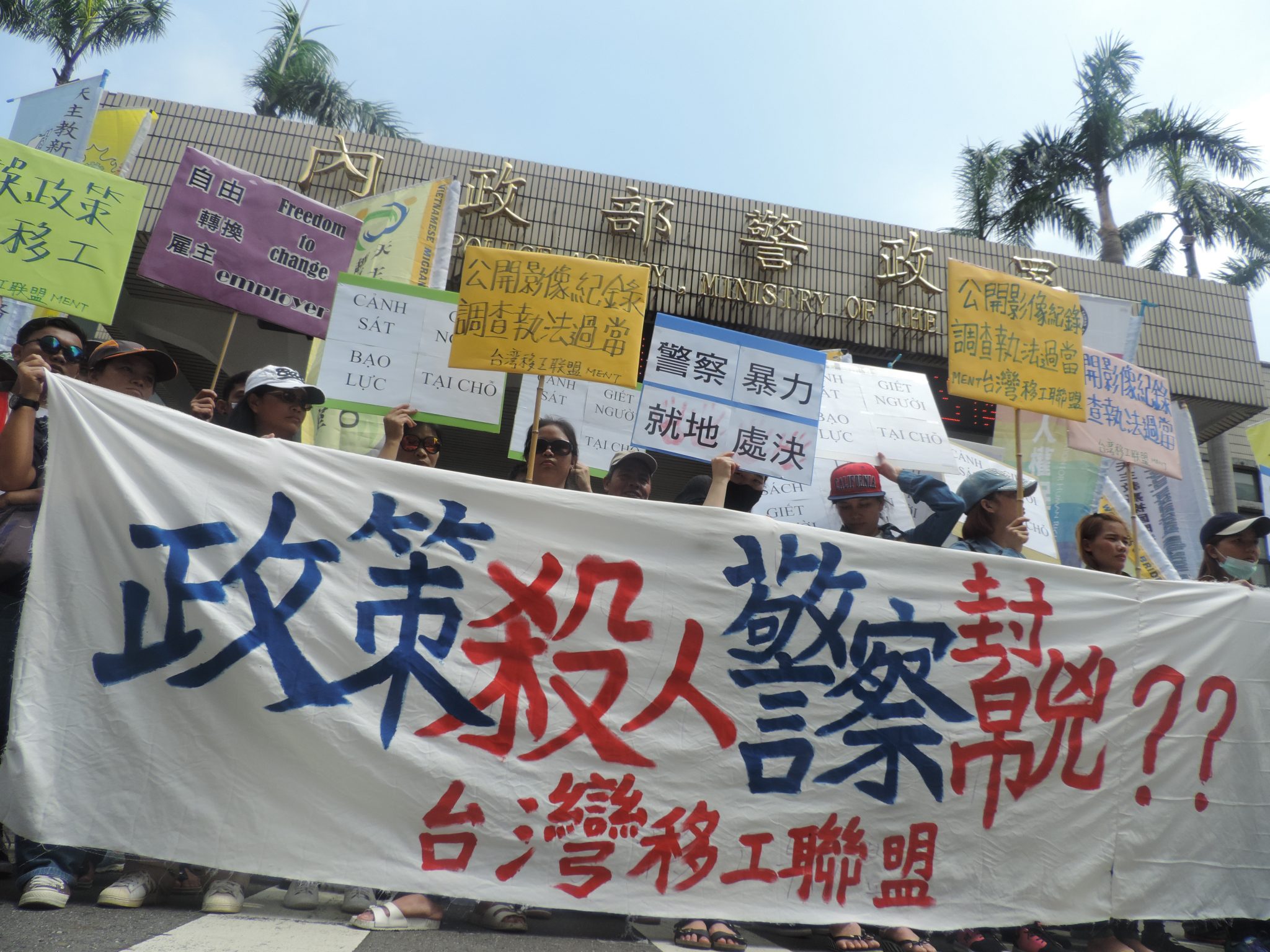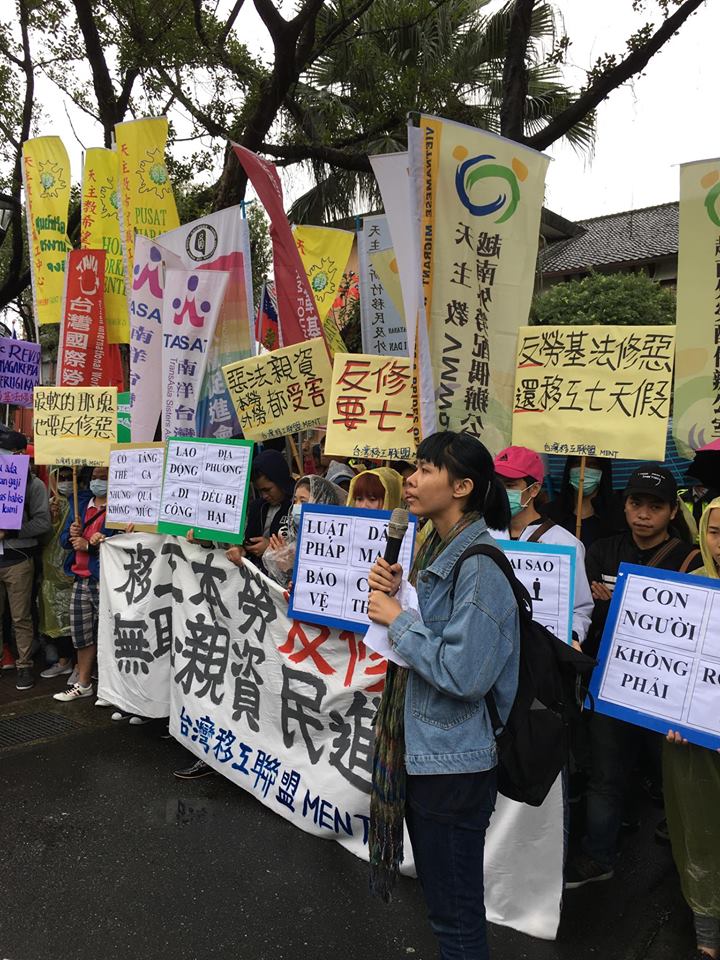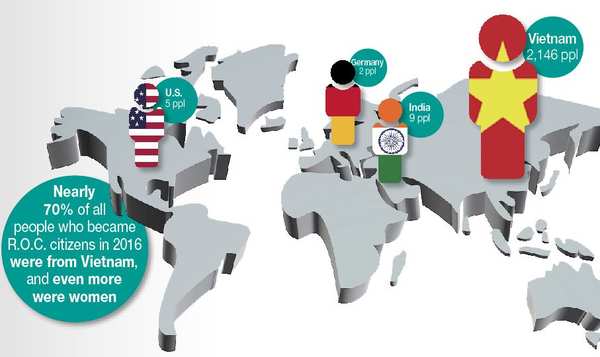The Long-term Care Services Act (長期照顧服務法) might have funding and staffing shortages over the next decade, Ministry of Health and Welfare documents showed.
The Long-term Care Services Program 2.0 expands state subsidized care for elderly and disabled people, but it also places greater demands on funding and the workforce, a ministry white paper said.
The ministry estimates that the government’s annual long-term care costs could reach NT$73.6 billion (US$2.42 billion) in 2026, more than quadrupling the NT$16 billion spent last year.
Aside from government budget allocations, the long-term care plan relies on supplementary revenue sources, such as tobacco and inheritance taxes, interest income and charity, which may not be stable.
Assuming those revenue flows meet expectations, the fund would have NT$40 billion available annually for the first four years of the 10-year program, the ministry said.
However, in the latter five years of the program, caring for the nation’s aging population is expected to cost more than 70 billion annually and the government must find additional revenue streams to sustain the fund, it said.
Furthermore, for the government to meet its goal of increasing the number of people who have access to the program to 738,000 by the end of the year, more than 20,000 additional workers are needed, including 10,000 caregivers, it said.
“The long-term care sector is not an economically self-sustaining industry. With an increasing numbers of users, the government needs to think about creating an insurance scheme while continuing to subsidize it with regular budgets,” Federation for the Welfare of the Elderly secretary-general Wu Shu-hui (吳淑惠) said.
The long-term care scheme provides coverage for less than a third of the older population, Taiwan Home Service Strategic Alliance chairman Lee Chin-li (李金立) said.
As the aging population increases in the next 10 years, annual costs would easily exceed NT$70 billion, Lee said.
It is crucial that the government find multiple revenue flows to sustain the fund, he said, adding that the Japanese model that combines an insurance scheme with regularly budgeted subsidies might be what Taiwan needs.
A shortage of workers have plagued the long-term care industry for more than a decade and the problem “will not go away in a just few years,” Lee added.
To increase the size of the workforce, work conditions, salaries, job safety and benefits must be improved, especially if it plans to attract younger workers, he said.
Department of Nursing and Healthcare Director-General Tsai Shu-feng (蔡淑鳳) said the ministry would not rule out increasing taxes or creating an insurance program for long-term care.
It might accumulate the public fund’s surplus budget to meet some increases in expenditure, Tsai said.








